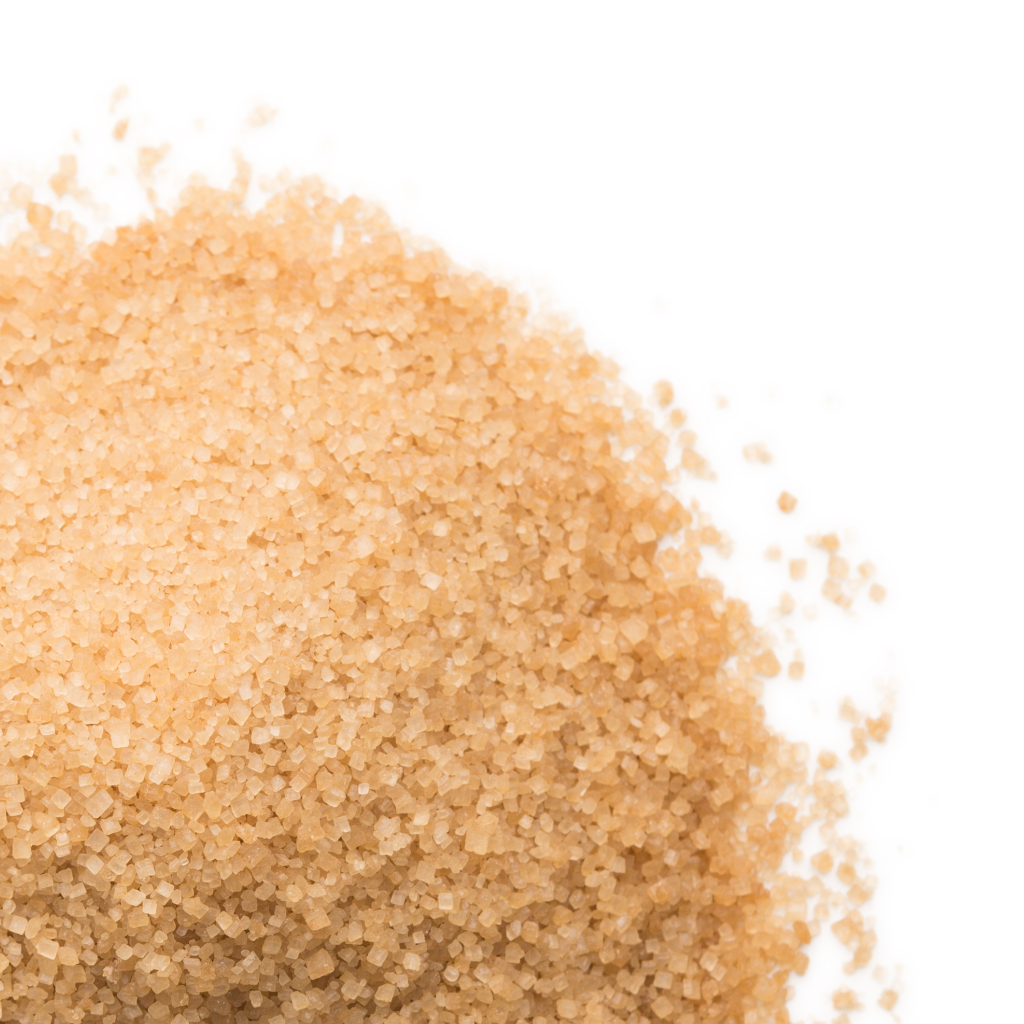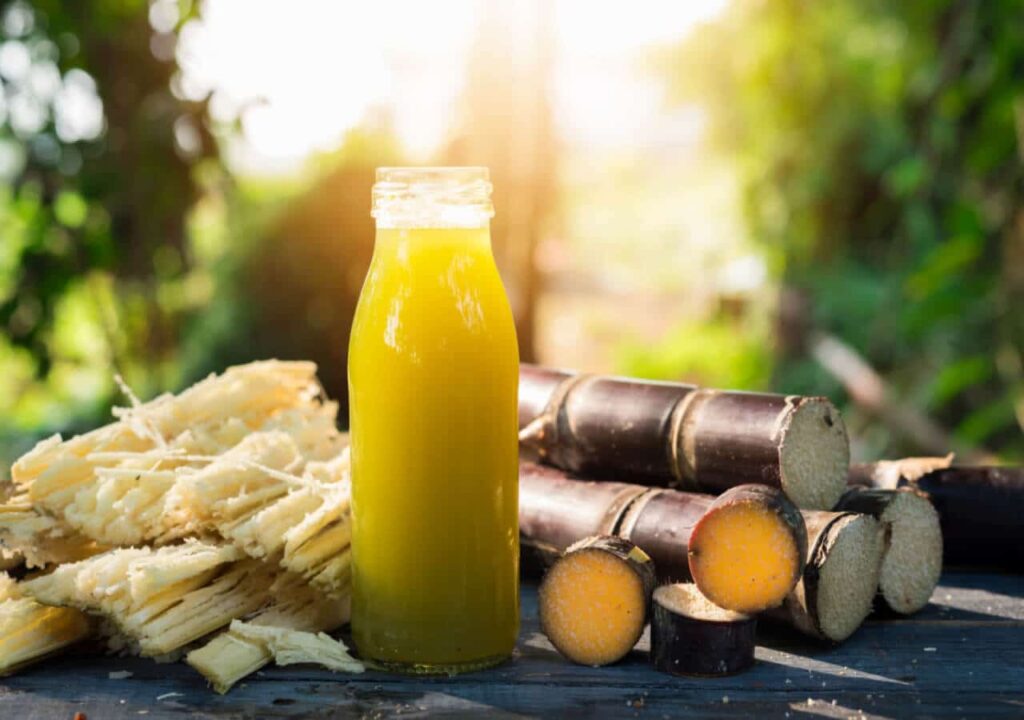A Deep Study Sugar Cane: Insights on Production, Product, and Product Development
Sugar cane plays an essential function in farming, underpinning economic situations in exotic areas. Its farming includes elaborate processes influenced by different ecological elements. However, farmers deal with considerable difficulties, including climate modification and market fluctuations. Advancements in product advancement are arising in feedback to progressing consumer demands. Recognizing these characteristics is important for comprehending the future of this crucial plant and its effect on worldwide markets. What exists in advance for sugar cane and its myriad applications?
The Importance of Sugar Cane in Global Agriculture
Sugar cane acts as an essential crop in worldwide farming, underpinning economies and food systems in many tropical regions. This functional plant is mainly cultivated for its high sucrose web content, which is fine-tuned into sugar, a staple ingredient in many foodstuff. Beyond sweetening, sugar cane is likewise essential for creating biofuels, particularly ethanol, contributing to power sustainability.The financial importance of sugar cane prolongs to work, offering livelihoods for countless farmers and workers in handling facilities. In a number of countries, sugar cane farming and handling represent significant parts of farming GDP, influencing trade balances and regional development.Additionally, sugar cane's flexibility to different climates enhances its importance as a plant, ensuring regular supply in global markets. Its byproducts, including molasses and bagasse, additionally expand its utility, making it a crucial part in food, energy, and industry. Generally, sugar cane stays a keystone of farming performance worldwide.
Farming Procedures: From Planting to Harvest
Growing sugar cane includes a collection of well-defined processes that ensure perfect growth and return. The farming starts with land prep work, where the soil is tilled to protect optimum oygenation and drain. Following this, seed cane, which includes fully grown stalks, is selected and reduced right into sections (sugar cane products). These sections are after that grown in furrows, ensuring correct spacing to enable sunshine and nutrient access.Once planted, irrigation systems are employed to maintain appropriate dampness degrees, as sugar cane flourishes in humid conditions. Weeding and insect monitoring are necessary during the growing duration to reduce competition for resources. Nutrient application, consisting of fertilizers, supports durable development. As the plants mature, keeping track of for conditions and bugs continues.Harvesting generally occurs 10 to 24 months post-planting, depending upon the selection. The walking canes are reduced close to the ground, guaranteeing marginal waste, and are quickly carried for refining to maintain sugar top quality
Geographic Distribution of Sugar Cane Production
The geographical distribution of sugar cane production is largely formed by certain environment and soil requirements. Significant creating countries, such as Brazil, India, and China, take advantage of tropical and subtropical climates that support the crop's development. Recognizing these factors supplies insight into the worldwide landscape of sugar cane cultivation.
Major Producing Countries
Although sugar cane is grown in numerous areas worldwide, specific nations control production as a result of beneficial climates and agricultural techniques. Brazil leads the global market, representing about one-third of total production, thanks to its comprehensive haciendas and advanced farming methods. India complies with as a significant producer, taking advantage of both favorable weather condition conditions and a large residential market. China and Thailand also place among the leading manufacturers, with reputable frameworks supporting their sugar sectors. Various other remarkable factors include the USA, Mexico, and Australia, each leveraging their distinct agricultural systems to improve outcome. These countries play a necessary function in the sugar cane supply chain, influencing global costs and accessibility
Climate and Soil Needs
Ideal climate and dirt problems are essential for effective sugar cane production. Sugar cane prospers in exotic and subtropical regions, requiring warm temperature levels in between 20 ° C and 30 ° C (68 ° F to 86 ° F) These plants need bountiful sunlight and rains, preferably in between 1,500 to 2,500 millimeters each year, to assure peak development. The soil needs to be well-drained, abundant, and abundant in organic issue, with a pH degree ideally in between 5.5 and 8.5. Sandy loam or clay loam soils are specifically for sugar cane cultivation, giving needed nutrients and drainage. Geographic distribution is mainly influenced by these variables, with significant production locations located in Brazil, India, and China, where environmental problems line up with the plant's requirements for development and return.

Obstacles Dealt With by Sugar Cane Growers
Sugar cane farmers run into substantial obstacles that influence their incomes. Climate change introduces unforeseeable climate patterns, affecting crop return and high quality. In addition, market price volatility produces monetary uncertainty, complicating lasting preparation for these agricultural producers.
Environment Modification Impacts

Exactly how do climate adjustment impacts impact the feasibility of sugar cane farming? Increasing temperature levels and unpredictable climate patterns significantly challenge sugar cane farmers. Enhanced warm can cause lowered yields, as the plants struggle to thrive in extreme conditions. Furthermore, modified rainfall patterns cause either dry spells or excessive flooding, both harmful to plant health. Bugs and diseases are most likely to proliferate in warmer environments, additionally harmful production. Additionally, soil deterioration and salinization as a result of climbing water level can reduce arable land. These weather modifications urge farmers to adapt their methods, often calling for investment in brand-new modern technologies and durable crop varieties. Eventually, the sustainability of sugar cane cultivation depends upon attending to these climate tests successfully.

Market Price Volatility
Market value volatility presents considerable difficulties for sugar cane growers, affecting their financial stability and planning. Fluctuations in market costs, driven by elements such as global supply and demand, climate condition, and government policies, develop unpredictability for producers. This changability makes it tough for farmers to anticipate profits and take care of operating costs effectively. Additionally, when rates drop unexpectedly, numerous farmers might struggle to cover production prices, resulting in possible financial distress. To minimize these risks, some cultivators turn to agreements or hedging approaches, yet these remedies may not come to all. As a result, market value volatility continues to be a relentless concern, influencing the overall sustainability and earnings of sugar cane farming.
Understanding the Sugar Cane Supply Chain

Market Patterns Affecting Sugar Cane Costs
The dynamics of sugar cane rates are affected by a range of market fads that reflect wider financial problems and customer habits. International need for sugar and sugar-related items plays an important role, with boosting interest in natural and sustainably sourced items driving rates higher. Furthermore, changes in oil costs impact the expense of production and transport, further affecting market rates. Climate patterns are one more substantial aspect; negative problems can bring about decreased yields and raised rates. Profession plans, tariffs, and global contracts also form the market landscape, affecting supply chains and schedule. Money exchange prices can make complex worldwide trade, affecting costs for both exporters and importers. Finally, shifts in consumer choices towards much healthier options may modify demand patterns, producing a causal sequence on sugar cane prices. Understanding these interconnected patterns is essential for stakeholders in the sugar market.
Innovations in Sugar Cane Product Growth
Numerous advancements in sugar cane product advancement are improving the industry and increasing its applications. Researchers are exploring different uses past standard sugar, consisting of biofuels, biodegradable plastics, and health and wellness supplements. Breakthroughs in enzymatic processing strategies have boosted the removal of important substances such as antioxidants and vitamins from sugar cane, advertising its use in useful foods.Additionally, the advancement of genetically modified sugar cane varieties aims to enhance return and resistance to parasites, while also enhancing the dietary profile of the plant. Developments in fermentation processes have actually brought about the production of high-quality alcohols originated from sugar cane, attracting a growing market for craft spirits.Moreover, sustainable methods in cultivation and handling are obtaining traction, with a concentrate on minimizing environmental effects. These improvements not just develop brand-new market Continued possibilities yet likewise cultivate an even more lasting approach to sugar cane production, lining up with international trends in the direction of green products.
Often Asked Concerns
What Are the Ecological Impacts of Sugar Cane Farming?
The environmental impacts of sugar cane farming include deforestation, loss of biodiversity, water pollution from fertilizers and pesticides, soil destruction, and greenhouse gas emissions, all of which greatly add to ecological discrepancies and environment change.
How Does Sugar Cane Farming Affect Citizen Economies?
Sugar cane growing substantially influences regional economies by creating tasks, promoting farming markets, and generating earnings for farmers. Nonetheless, it can additionally bring about economic dependence and fluctuations based upon market needs and environmental problems.
What Are the Main Vermin and Diseases Affecting Sugar Cane?
The primary insects affecting sugar cane consist of the sugarcane borer and aphids. Diseases such as red rot and smut considerably effect yield. Farmers must execute incorporated pest administration methods to minimize these threats properly.
How Is Sugar Cane Processed Into Different Products?
Sugar cane processing includes squashing the stalks to remove juice, complied with by explanation, evaporation, and crystallization. This process returns raw sugar, molasses, and ethanol, each offering distinct objectives in numerous sectors, from food to energy.
What Are the Nutritional Aspects of Sugar Cane?
The nutritional navigate here aspects of sugar cane consist of necessary vitamins and minerals, particularly B vitamins, calcium, and iron. It likewise consists of fiber, though largely made up of sucrose, which gives energy however lacks considerable nutrients.